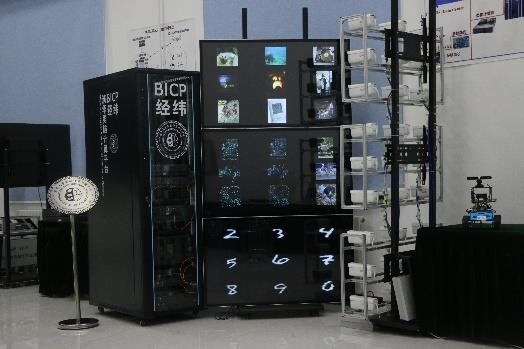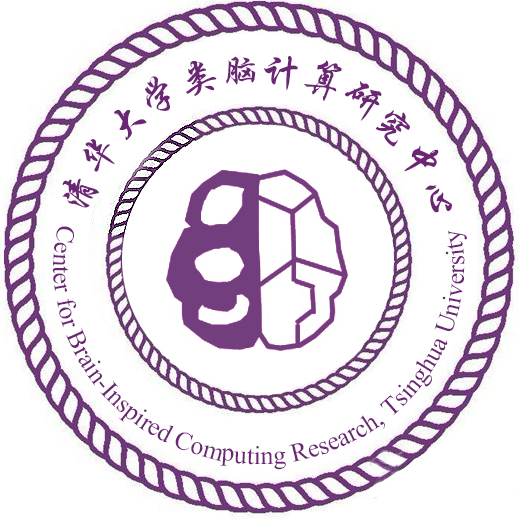Over the past decade, the CBICR team has defined and researched the challenges of developing neuromorphic computing without a complete understanding of the human brain. After nearly 10 years of dedicated effort, they successfully developed a comprehensive neuromorphic computing technology stack containing architecture, chips, systems, and software toolchains.
Specifically, they proposed, for the first time, a cross-paradigm heterogeneous fusion neuromorphic computing architecture driven by dual-brains. This architecture achieved the compatibility and integration of both computer science-oriented and neuroscience-oriented intelligent computing models, pioneering the exploration of their combined modeling, and providing a novel and feasible approach to the development of neuromorphic computing.
They also designed the world’s first heterogeneous fusion neuromorphic computing chip, “Tianji Chip,” with multi-purpose functionality, high integration efficiency, and demonstrated real-time applications in intelligent autonomous bicycles and smart robots. Additionally, they further developed the world’s first commercial heterogeneous fusion neuromorphic computing chip KA200 and the HP series computing boards, providing high-performance and efficient computing platforms for mainstream artificial intelligence applications and brain science research.
Drawing inspiration from the development approach of computer technology, they proposed a hardware-software decoupled hierarchical structure for the neuromorphic computing system. They developed a matching neuromorphic computing chip software toolchain that supports rapid modeling, compilation, validation, and deployment of various models, solving the problem of difficulty in using neuromorphic computing chips.
These achievements gave rise to the establishment of a high-tech enterprise, Beijing Lingxi Technology Co., Ltd., as a leading player in China’s neuromorphic computing industry. The company’s products have been applied in artificial intelligence, brain simulation, neuromorphic cloud, and other fields, making remarkable contributions to China’s research and application in the field of neuromorphic computing, and positioning the country at the forefront of international research and development.

Establishing a complete neuromorphic computing technology stack from architecture, chips, systems to software toolchains. The “Nature” review article includes Tianji Chip as the only representative from China in the panorama of neuro-morphic systems. Professor Furber, a member of the European Academy of Sciences and the head of the SpiNNaker neuromorphic platform, pointed out that deep neural networks cannot run on traditional neuromorphic platforms, but this achievement is an exception. Dr. Schuman from Oak Ridge National Laboratory in the United States also stated that this achievement represents a neuromorphic platform that supports more general computation and broader applications. The proposed heterogeneous fusion neuromorphic architecture has been adopted by mainstream teams both domestically and internationally, such as Intel, IBM, the University of Manchester, Peking University, etc., obtaining an international leadership position.


